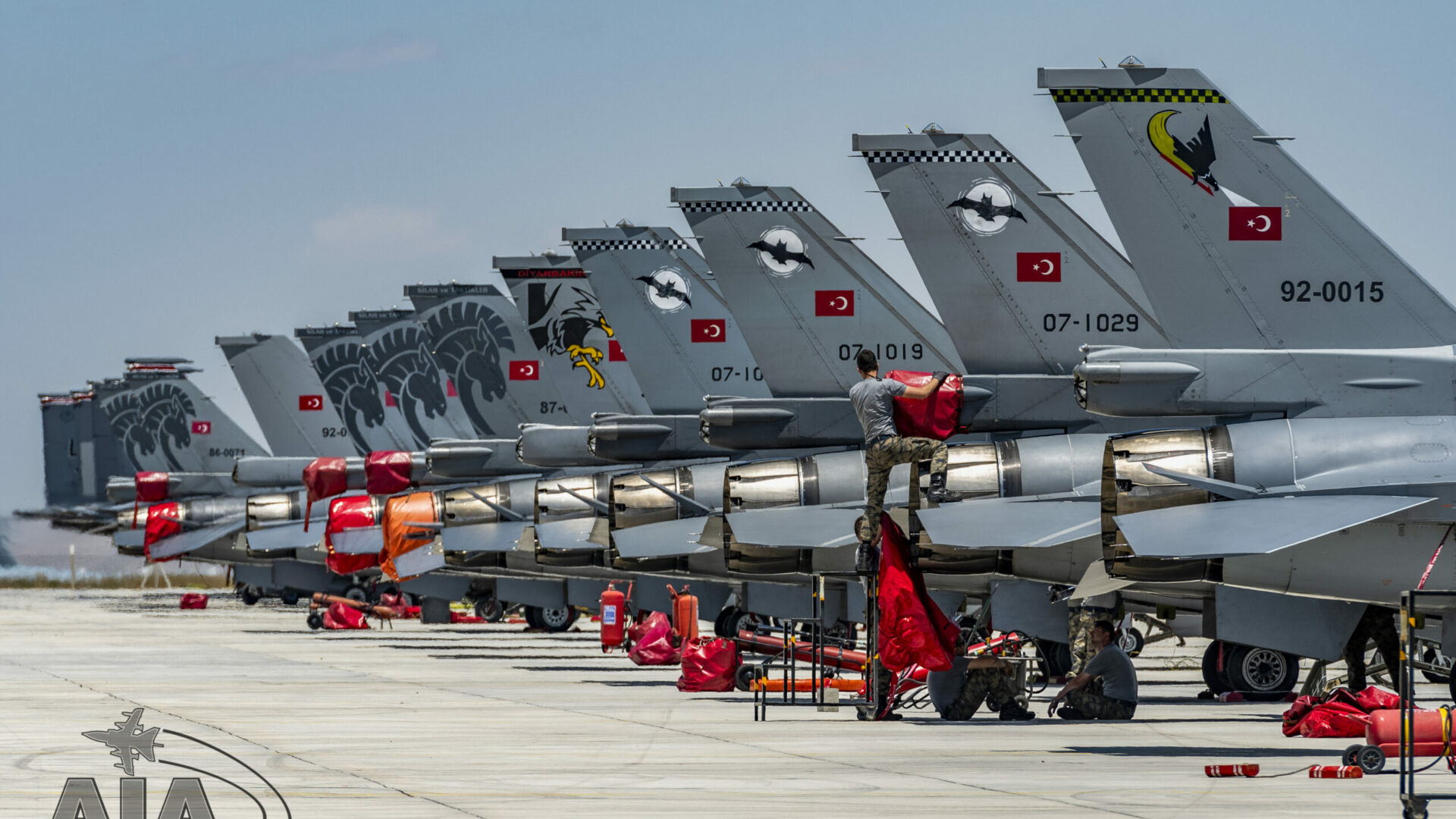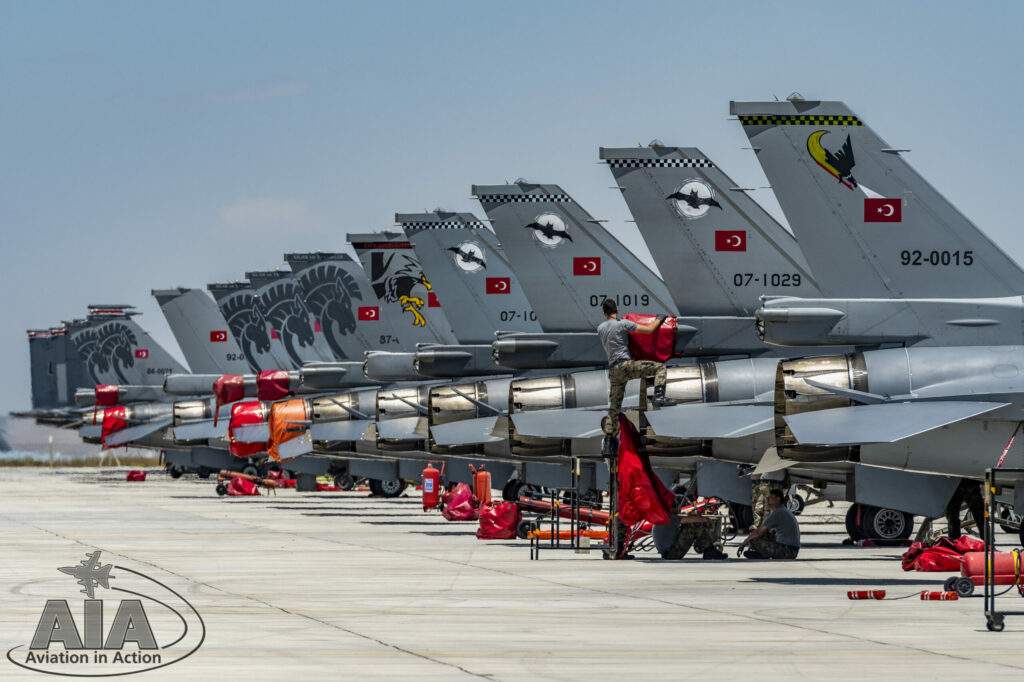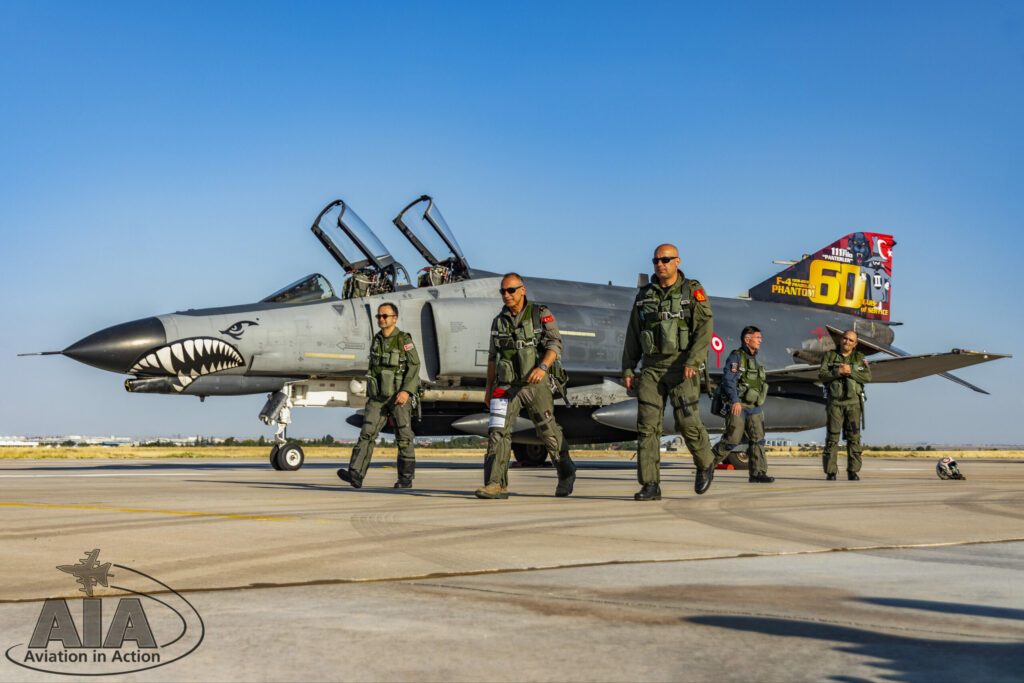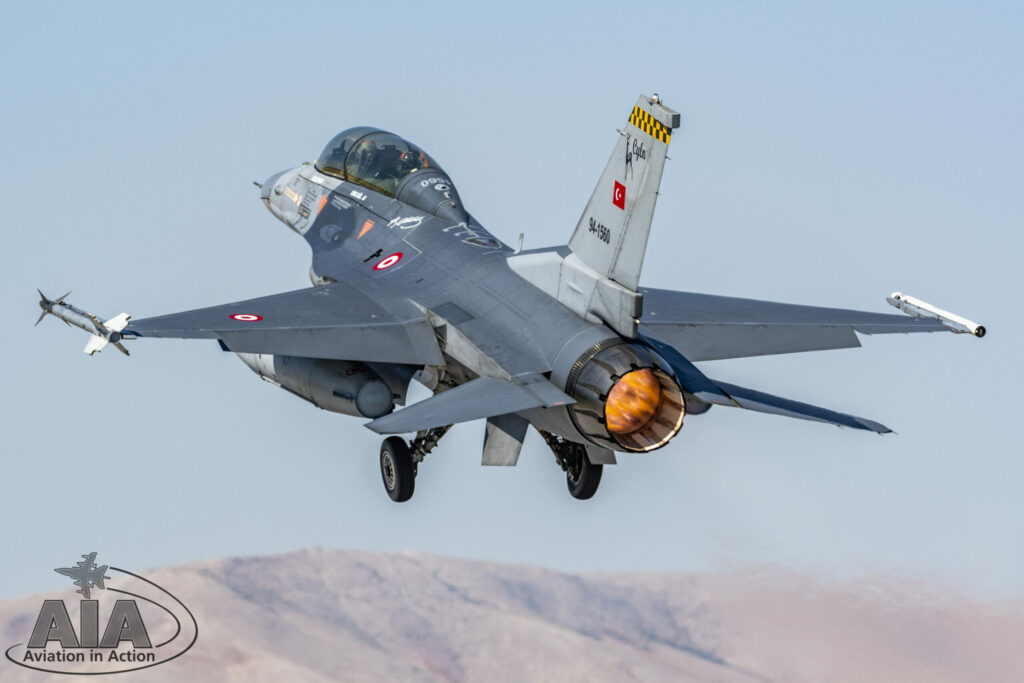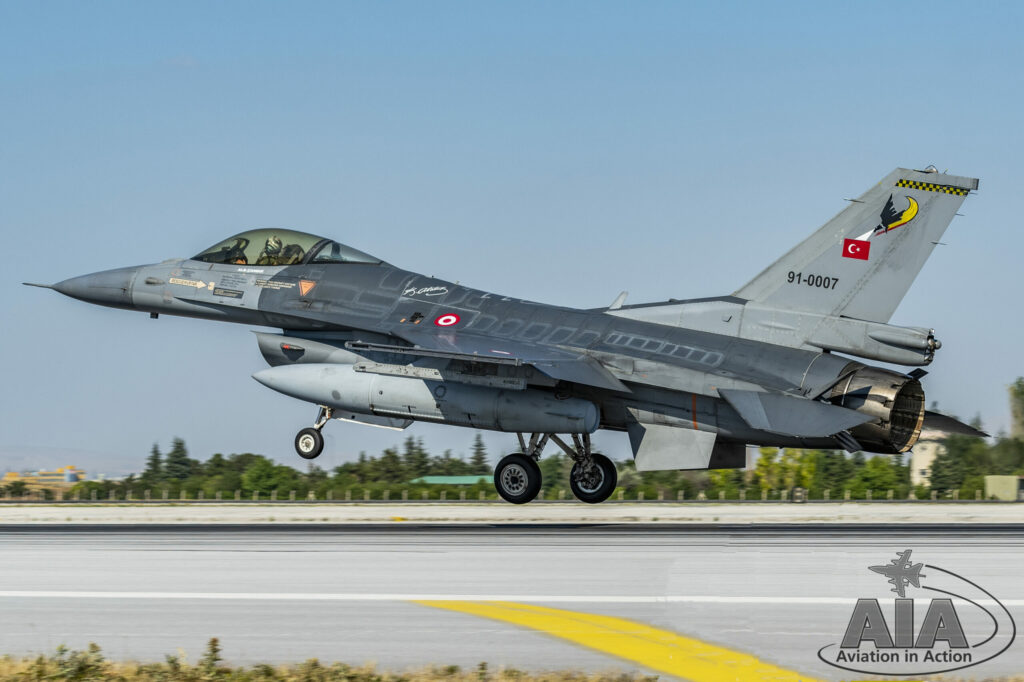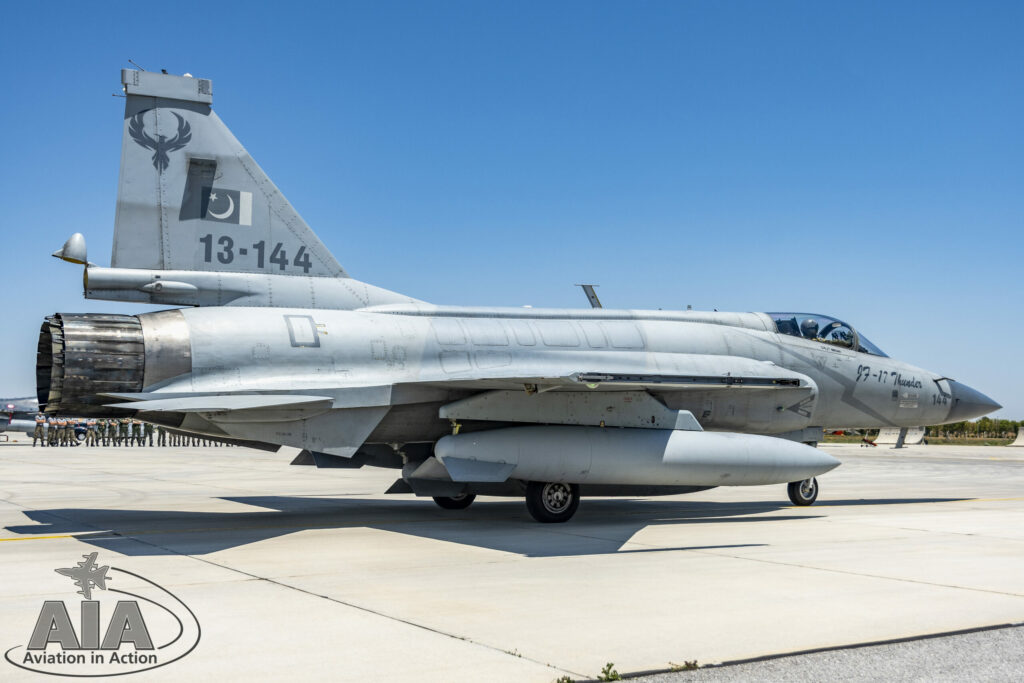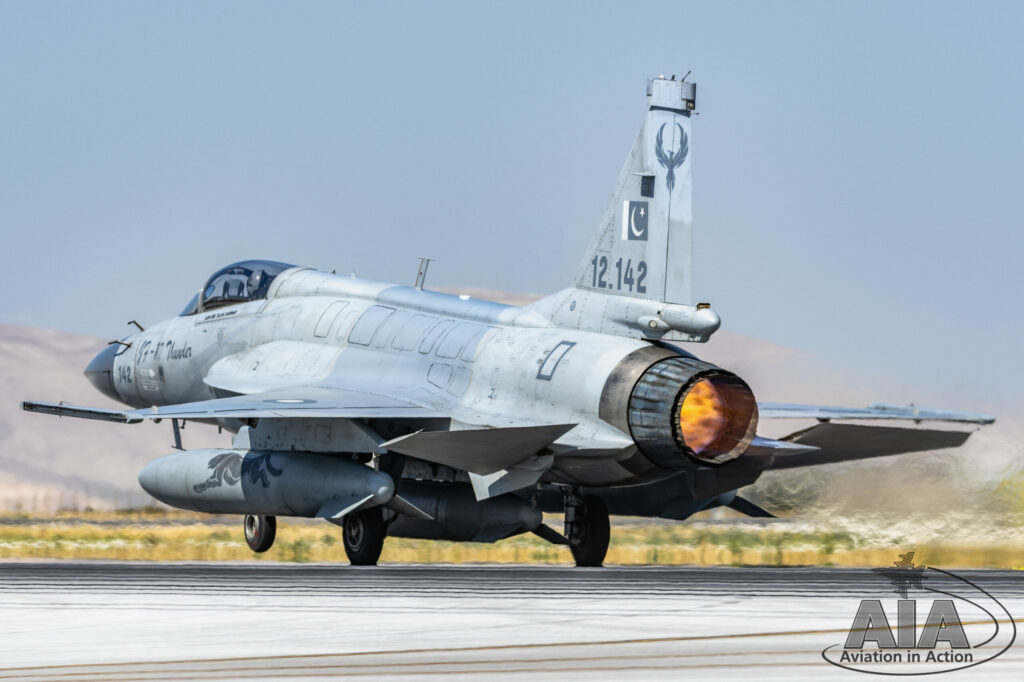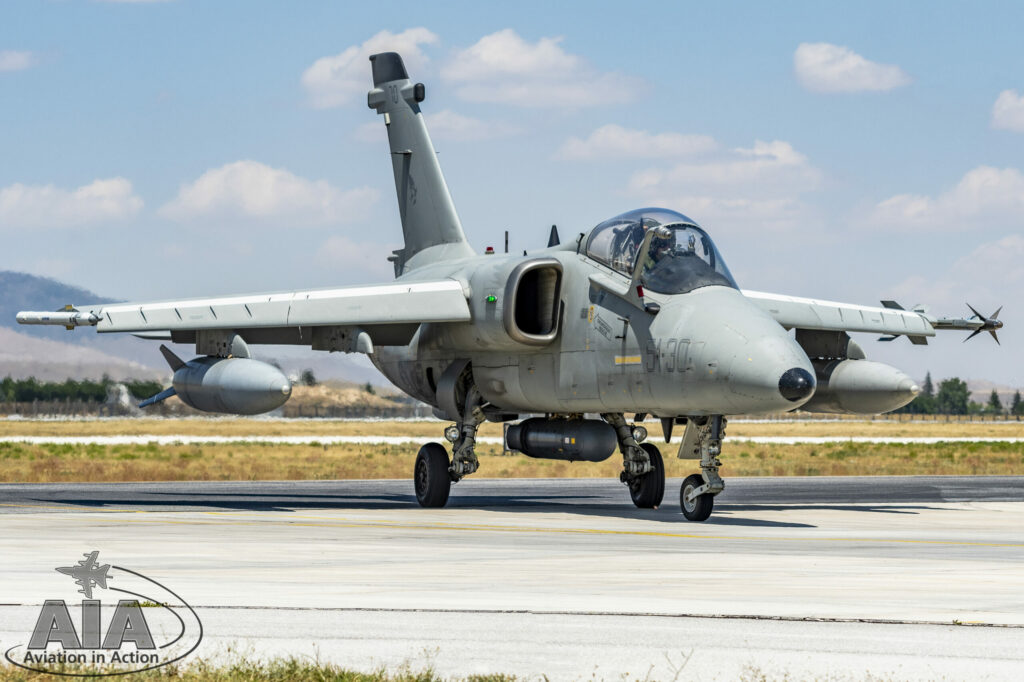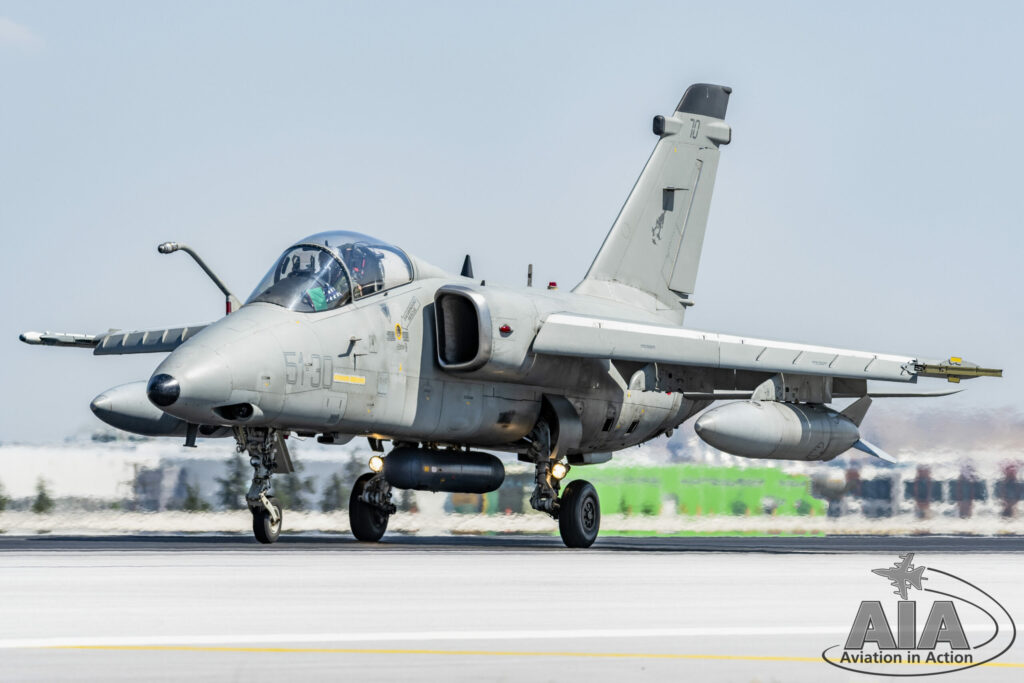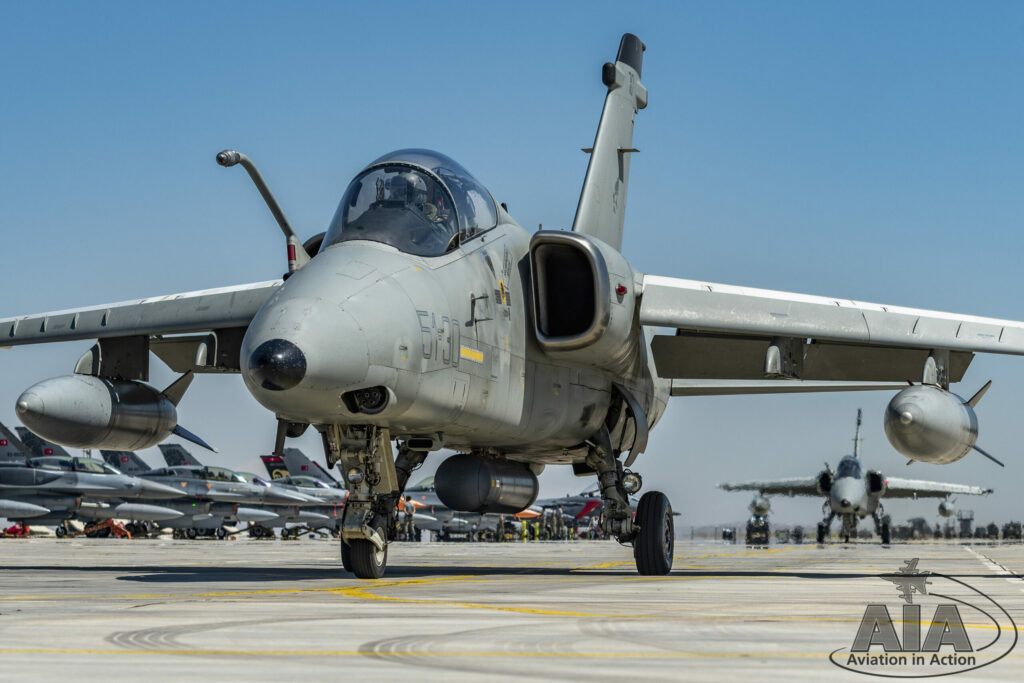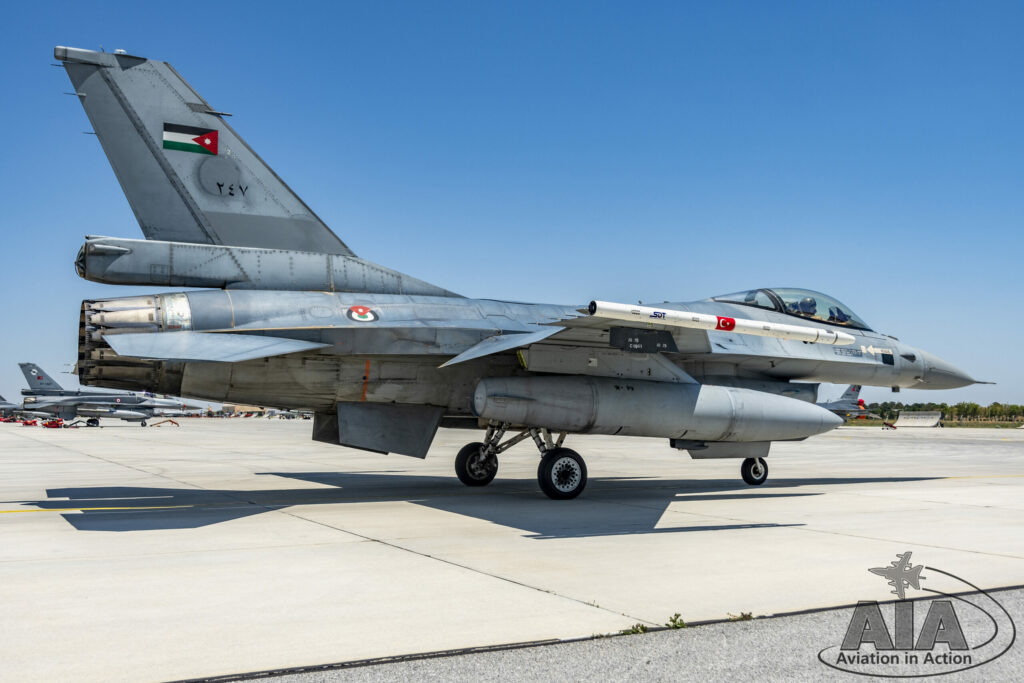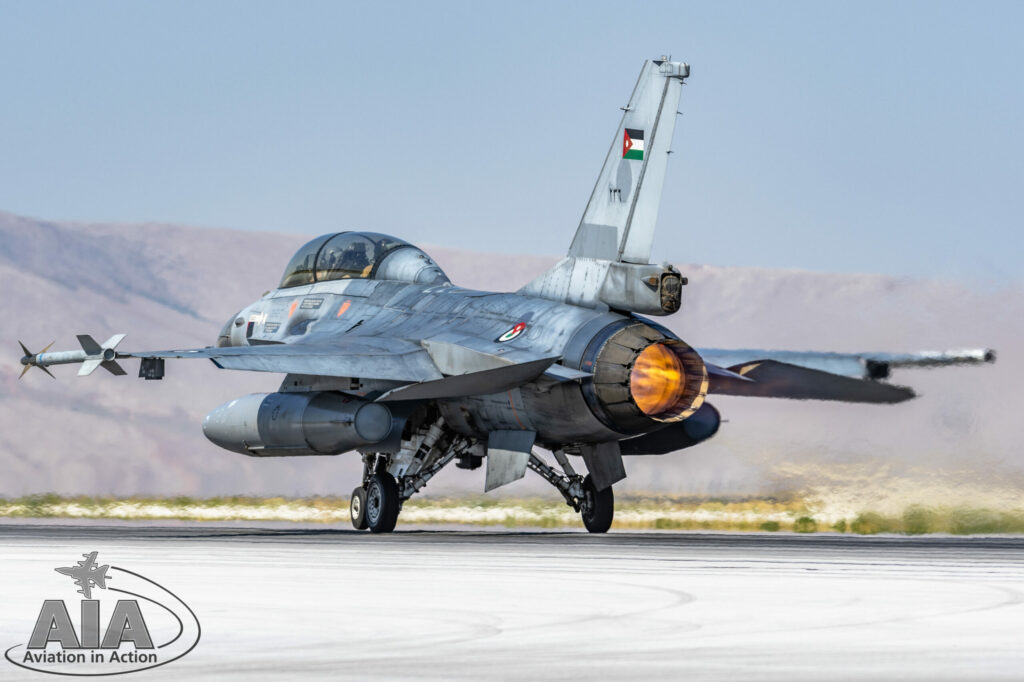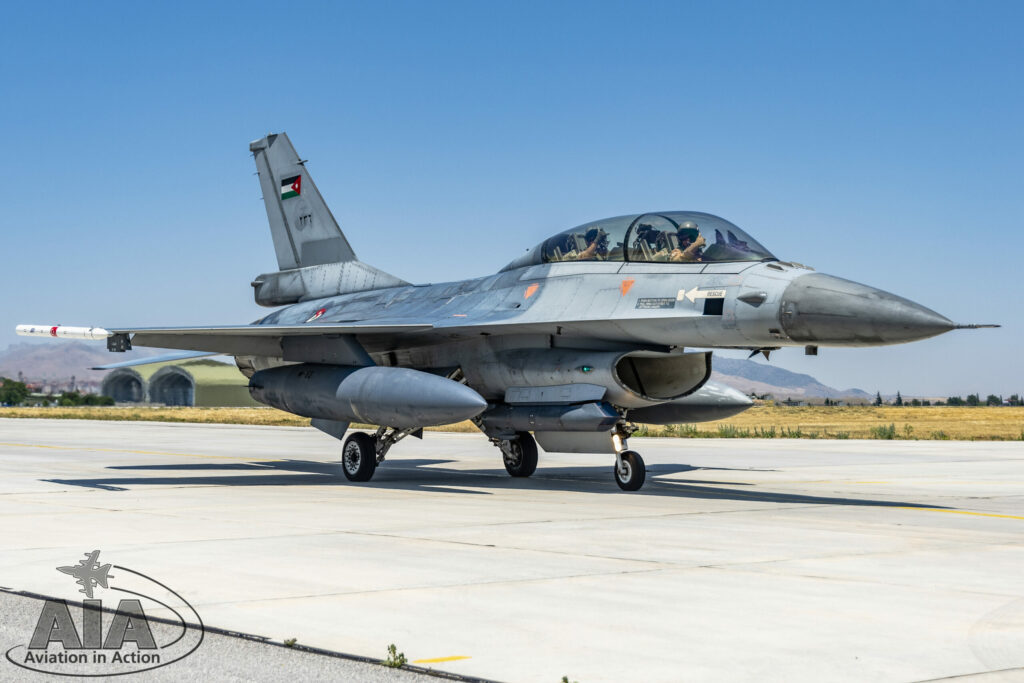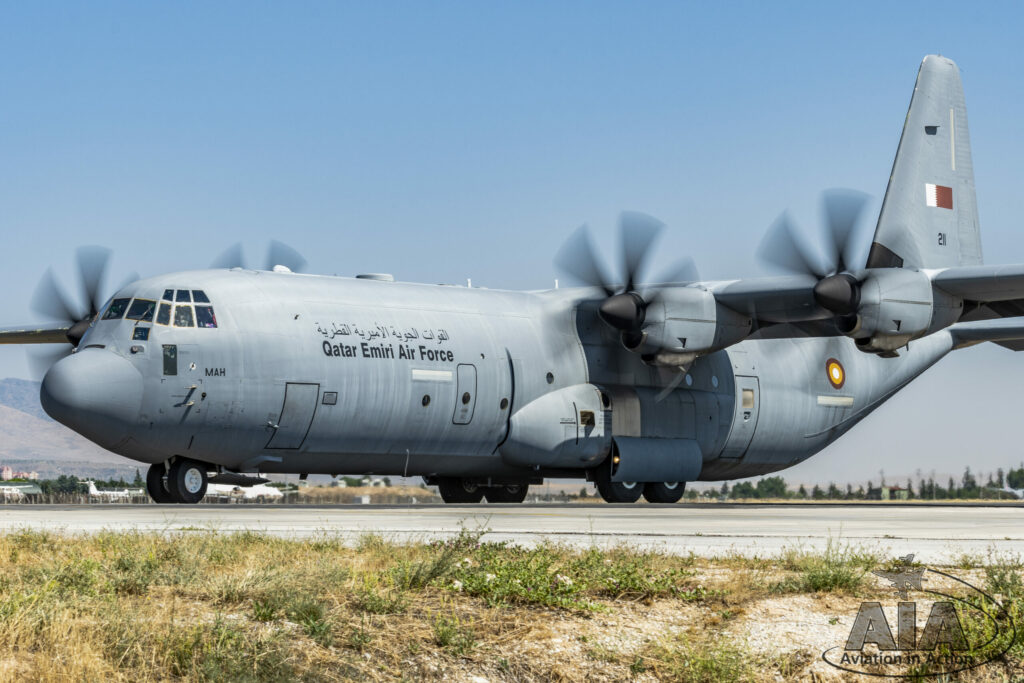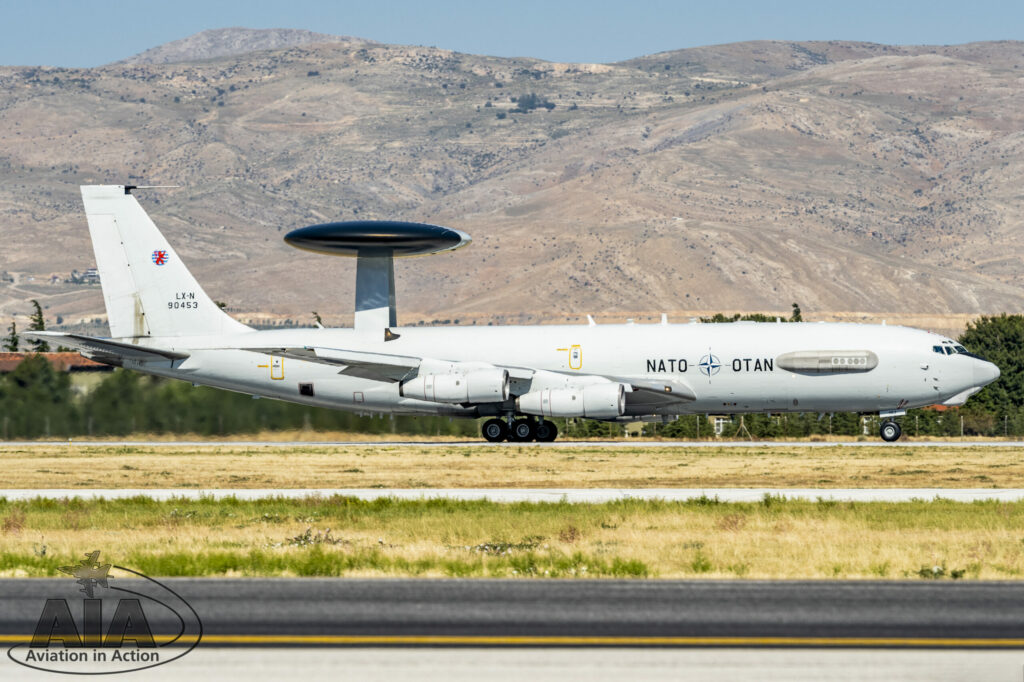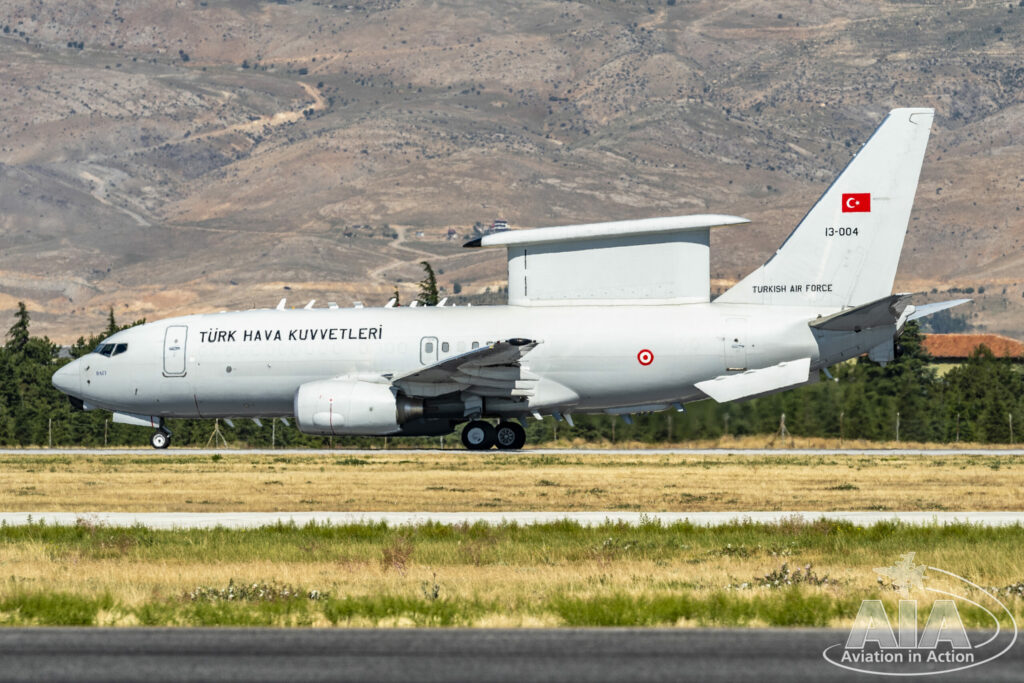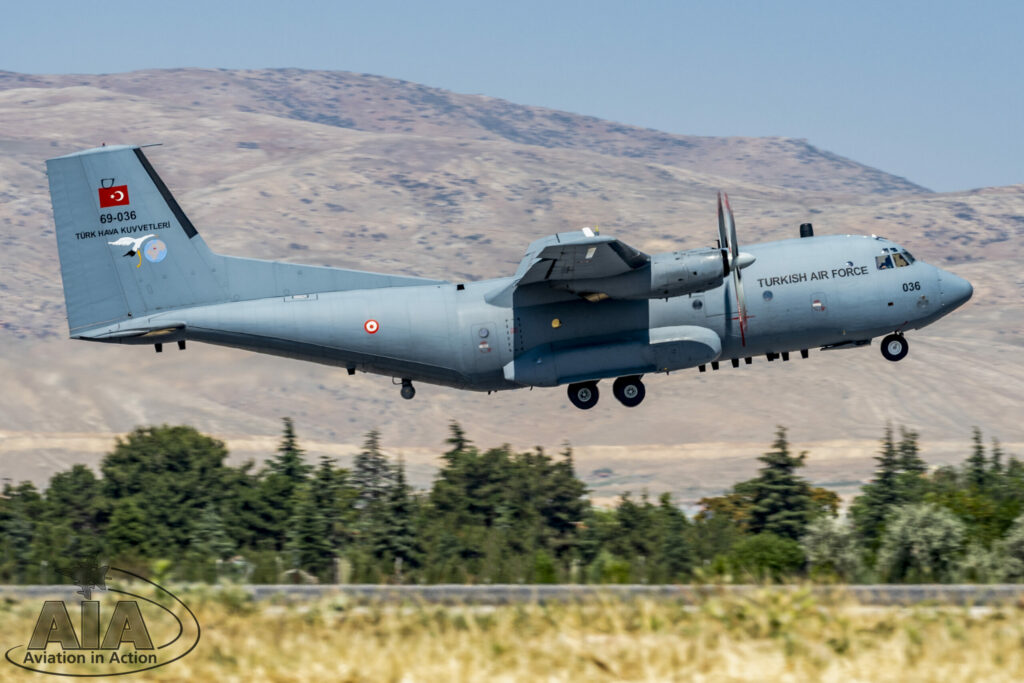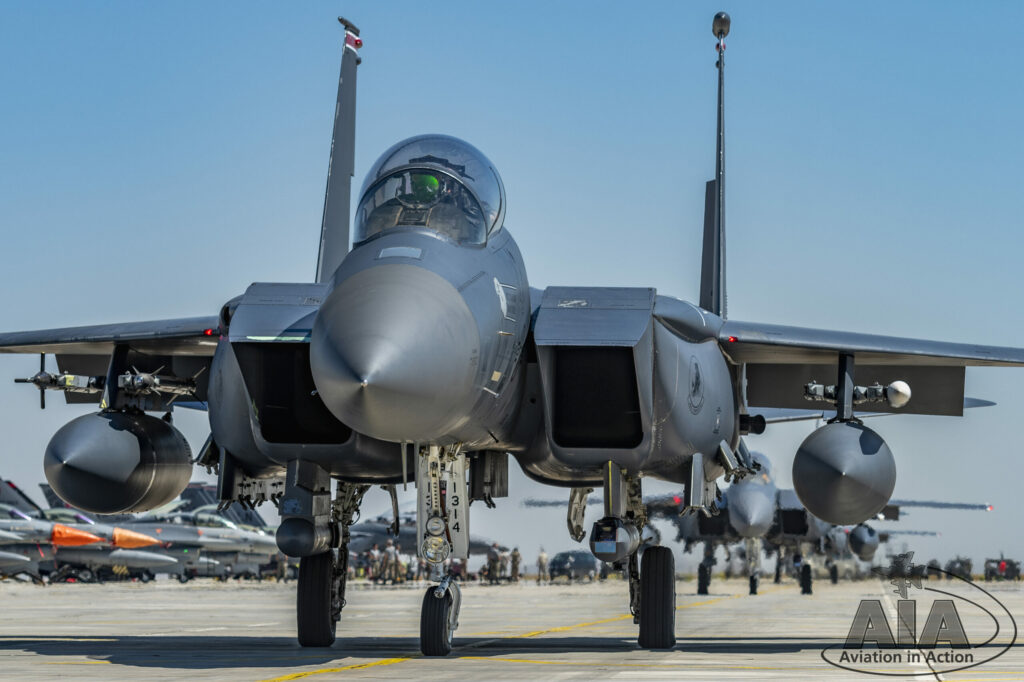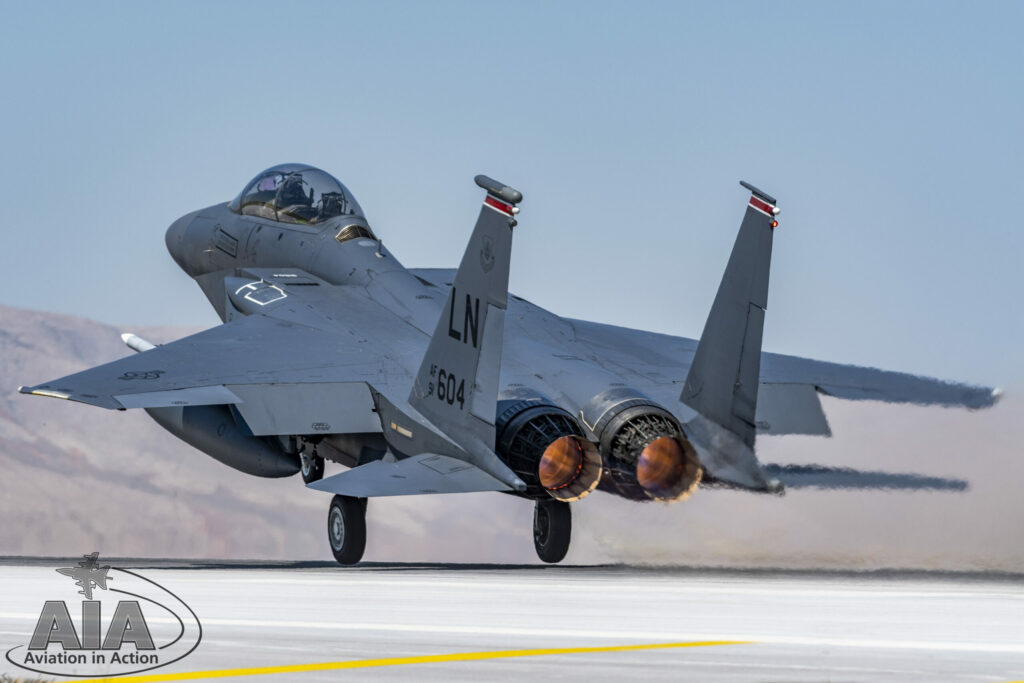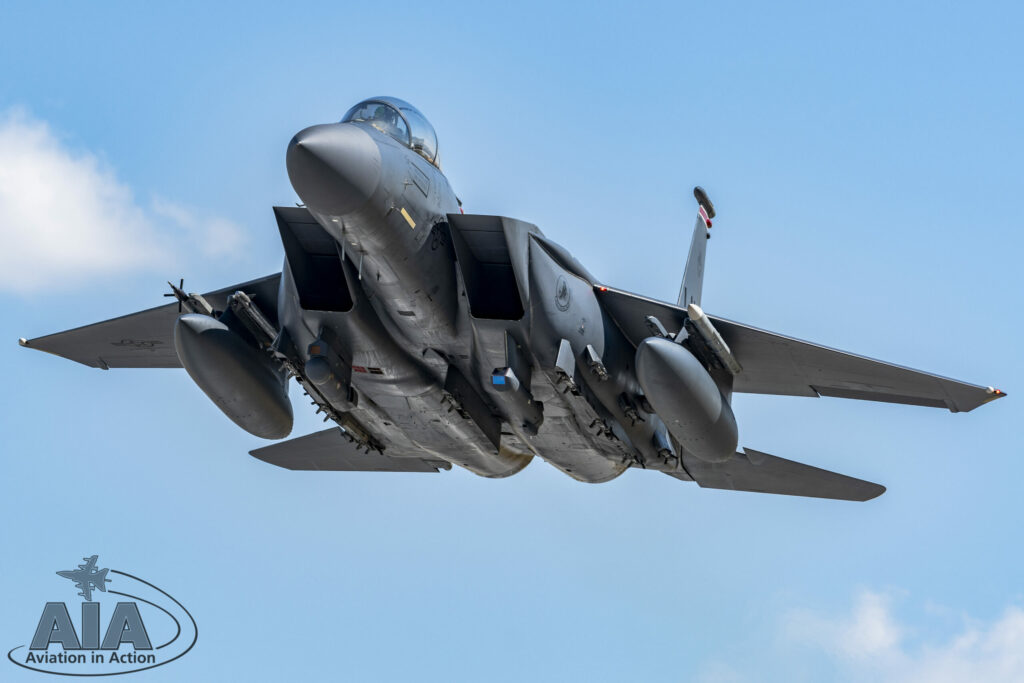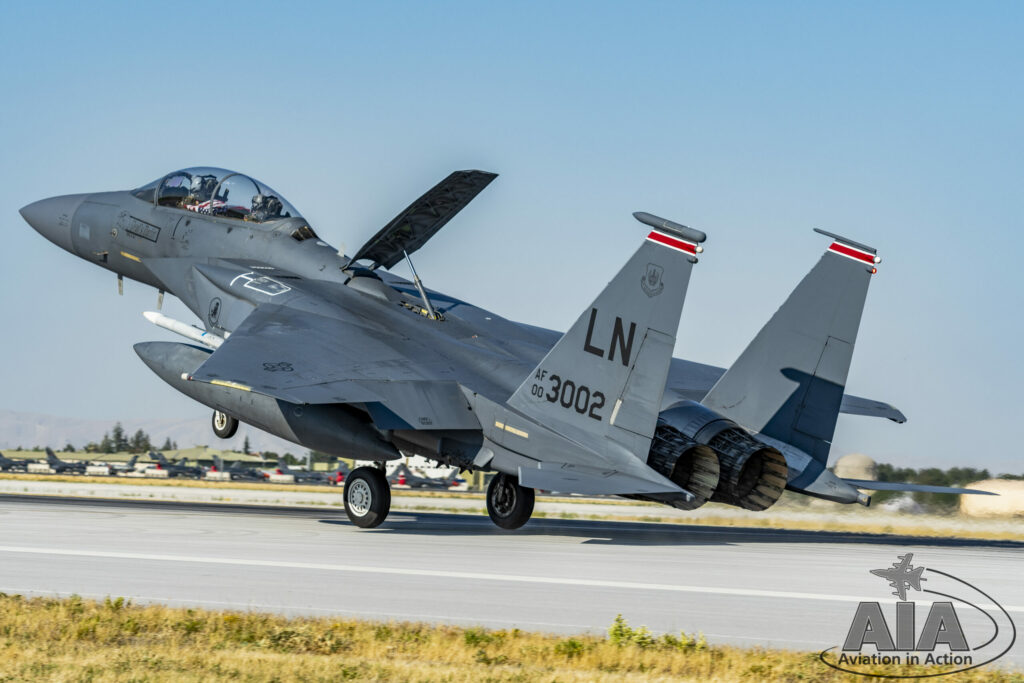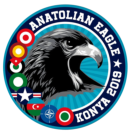
Konya Air Base, Turkey

Turkey’s Anatolian Eagle has for years been renowned as one of the largest regular exercises staged in South East Europe similar in nature to the American Red Flag exercises. However, during 2016 Turkey as a nation witnessed a failed coup attempt against a number of state institutions which was detrimental to the hosting of Anatolian Eagle. As a result, for two years the exercise dropped off the calendar while Turkish Forces underwent a transition period and rebuilt. Thankfully, June 2019 saw Anatolian Eagle rise from the dust as the Turk’s looked to reinstate its position as one of the most valuable European exercises out there. AIA visited Southern Turkey to report:
Taking place from the 17th to 28th June 2019, aircraft from Italy, Jordan, NATO, Pakistan, Qatar, and The United States joined those from the Türk Hava Kuvvetleri and converged in the South of Turkey at the Third Main Jet Base, Konya. Azerbaijan were also present as a nation, but only in an observational capacity. The gathering of these nations was of course to participate in exercise Anatolian Eagle following a two year hiatus. The objective of the exercise is to simulate a war-time environment increasing the ‘battle rhythm’ and difficulty level as the exercise progresses. This is achieved through mission design/planning, execution and data collection with a full debrief following each sortie.
Following a number of years where the Türk Hava Kuvvetleri sent observers to Red Flag exercises in the United States and eventually sending aircraft to take part in 1997, the view was to bring an exercise of similar stature to Turkey. The sole purpose of this goal was to enhance the combat experience/readiness of Turkish pilots along with improving interoperability among foreign air forces. A couple of ‘Flag’ type exercises were hosted at Incirlik Air Base during 1998 which paved way for a greater purpose. The Turks set out to provide a facility that could host such an exercise and later concluded that Konya Air Base in the South of the country was ideal both geographically and due to the opportunities it can provide.
Across the years, a number of facilities have been built and added to the airfield to make Konya a world class exercise location. Firstly a large apron was constructed that could handle the numbers of participating aircraft, this is known as ‘Eagle Ramp’ which is surrounded by newly built hangars and maintenance facilities that can be utilised during any exercise. Three clusters of buildings were also created for the different acting forces during Anatolian Eagle exercises; Red building, Blue building 1/2 and 3 plus the main Command Control Center which ‘White Force’ occupies. Alongside the CCC is a briefing hall capable of handling 450 personnel to sit in and attend pre-flight or post-flight briefings. Interestingly, only those associated with the Red Force are allowed into the Red building at any time during the exercise.
The operating area for all Anatolian Eagle sorties is split between three ranges sat between Konya and Ankara which are known as Tersakan, Koc and Karapmar. Combined the ranges provide an area upwards of 300km by 400km with a ceiling of 50,000 ft which is a vast space to host such a large aerial combat simulation. Dotted around the ranges are a number of ground based weapon and radar systems such as SA-6, SA-8, SA-11, MIM 23 and ZSU 23-4 which all add to replicate a real life warfare scenario to pilots. The biggest benefit of the ranges is simply their location, meaning transit times from Konya are minimal.
As a rule of thumb, Anatolian Eagle sorties are all based around the Red and Blue Force. The Red Force is played by resident 132 Filo at Konya Air Base with Lockheed Martin F-16s in the aggressor/enemy role. These will be complimented by units such as ground controllers and Joint Terminal Attack Controllers (JTACs) who monitor the action across the ranges making use of different threat systems against all other fighter aircraft who belong to Blue Forces. Two sorties are flown on every weekday during the two week period known as Eagle 1 and Eagle 2. Launching up to 60 aircraft for each sortie, Eagle 1 takes place during the morning and the Eagle 2 sortie in the afternoon slot.
All elements of each sortie are controlled by the White Force back at Konya. To be able to monitor all aspects of the exercise the scenarios are all digitally simulated, which all feeds back as data to the White Force controllers. This is achieved by installing Air Combat Manoeuvring Instrumentation (ACMI) on each aircraft, ground threat system, early warning aircraft and ground surveillance radar so it provides a live feed of the developing scenario back in the Command Control Centre (CCC). All location, position and flight information is monitored as well as radar tracks and missile launches from air, ground and other anti-aircraft systems to enable a full detailed debrief. This information enables a critical analysis of performance highlighting any deficiencies to participants therefore honing their skills for a real time situation.
Participating nations contributed the following air assets to Anatolian Eagle 2019:
- Italy
3x AMX International AMX A-11 Ghibli (51º Stormo, Istrana Air Base)

- Jordan
2x Lockheed Martin F-16AM Fighting Falcon (2 Squadron, Muwaffaq Salti Air Base)
1x Lockheed Martin F-16Bm Fighting Falcon (2 Squadron, Muwaffaq Salti Air Base)
- NATO
1x Boeing E-3A AWACS (NATO Airborne Early Warning & Control Force, Geilenkirchen)

- Pakistan
6x PAC JF-17 Thunder (28(MR) Squadron, Peshawar Air Base)

- Qatar
1x Boeing C-17A Globemaster III (10th Transport Squadron, Al-Udeid Air Base)
1x Lockheed Martin C-130J Hercules (12th Transport Squadron, Al-Udeid Air Base)

- Turkey
30+ Lockheed Martin F-16C/D Fighting Falcon (113, 132, 151, 152, 161, 182 and 193 Filo)
6x McDonnel Douglas F-4E-2020 Phantom (111 Filo, Eskisehir Air Base)
1x C-160D Transall ELINT (221 Filo, Kayseri Air Base)
2x Boeing E-7A Peace Eagle (131 Filo, Konya Air Base)
1x Eurocopter AS532UL Cougar (135 Filo, Konya Air Base)
2x CASA CN-235 (135 Filo, Konya Air Base)

- United States
6x McDonnel Douglas F-15E Strike Eagle (492nd Fighter Squadron, RAF Lakenheath)

Across the two week duration, close to 400 sorties were flown by all participants combined covering a wide range of scenarios. With each mission flown as a Combined Air Operation (COMAO), at different stages the airborne group would have undertaken mission profiles such as Close Air Support (CAS), air and ground reconnaissance, Offensive/Defensive Counter Air (OCA/DCA), Suppression/Destruction of Enemy Air Defences (SEAD/DEAD), Air to Ground attacks (A-G) and Time Sensitive Targeting (TST). Some of the more specialised aircraft taking part in missions were able to carry out slightly different roles such as the Turkish AS532UL Cougar performing Combat Search and Rescue (CSAR) and Casualty Evacuations (CASEVAC) assisted by the fighters in the CAS profile and monitored by some of the Airborne Early Warning and Control (AEW&C) aircraft such as the E-3A, E-7A and C-160D ELINT platforms. A single mission profile could be carried out within a single sortie, or alternatively depending on the complexity and time constraints, a number of mission profiles can be undertaken in a single sortie.
In addition to the above with the participation of transport aircraft such as the Qatari C-17 and C-130, along with Turkish CN-235 and KC-135 refuelling aircraft further real life scenarios were made possible. These included tactical airlift, troop/equipment drops, slow mover protection, offensive/defensive air interception and Air to Air Refuelling (AAR).
With a gathering of over 1,000 personnel and upwards of 60 aircraft from the seven participating nations, it was great to see the Turkish re-introduce Anatolian Eagle. Along with the exercise resurrection, the Turks hosted a couple of spotter days to satisfy the aviation enthusiast community. Much fuss was made about these days with the locally based Turkish Stars in their NF-5 Freedom Fighters performing and for the first time in history, flying in formation with four of 111 Filo’s F-4E Phantoms (111 Filo also being very keen to present themselves to the enthusiasts at different points during the spotter days). It’s safe to say that Anatolian Eagle 2019, although somewhat scaled back to previous editions, was a resounding success which will hopefully be built on for a larger 2020 edition.
